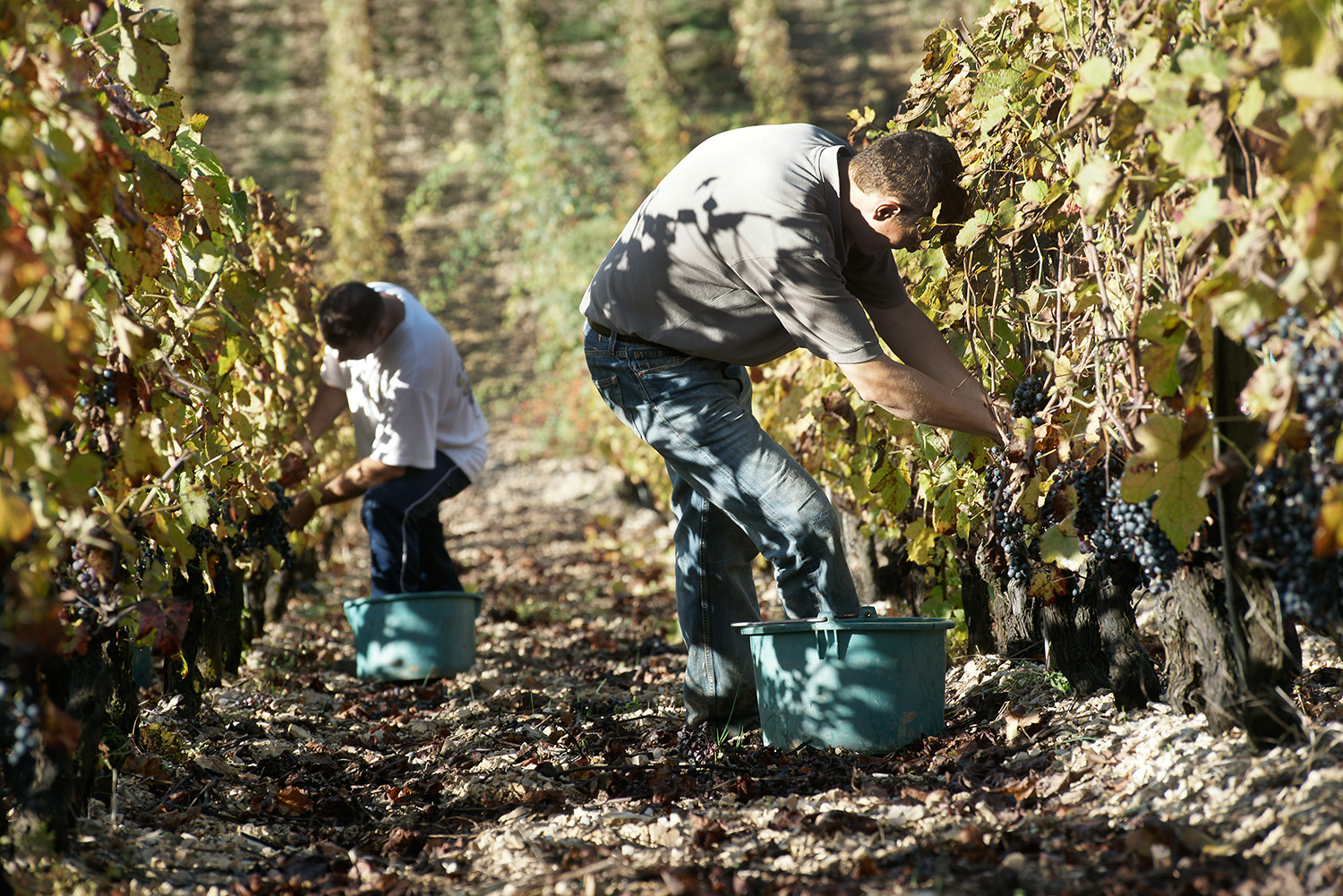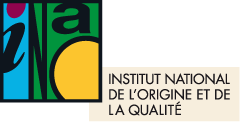Types of control implemented
The purpose of controls is to ensure that:
- the conditions under which the product is produced comply with those set out in the product specifications. These controls are therefore carried out, at all stages of the product's life and at all operators, according to the frequencies defined in the control plan and according to the methods defined in the plan (visual, documentary, analysis, etc.).
- the product obtained corresponds well to the characteristics set out in the specifications. Provisions for this control are mandatory when the product is under AOC/AOP. For PGIs and TSGs, they are implemented when the specifications include organoleptic characteristics.

For AOC/AOP, the organoleptic examination to which the products are subjected, according to the frequencies defined in the provisions relating to controls, is carried out by an Organoleptic Examination Commission made up of competent professionals and experts, under the responsibility of the control body, under conditions guaranteeing an independent and impartial examination of the products. The purpose of this control is to ensure that the products in question correspond to the expected product, as defined by the ODG, for the specification concerned.
Analyses (research of components, measurement of the presence rate of ingredients or of certain characteristic parameters of the product...) may also be provided for in the control or inspection plan. They must be carried out by laboratories, chosen by the inspection body and under their responsibility, from a list of structures authorized by the INAO.
The INAO is responsible for the quality of the products it inspects.
Documentation
Plaquette sur le contrôle des SIQO
Consulter la plaquette de présentation de la mission "Contrôle" de l'INAO
